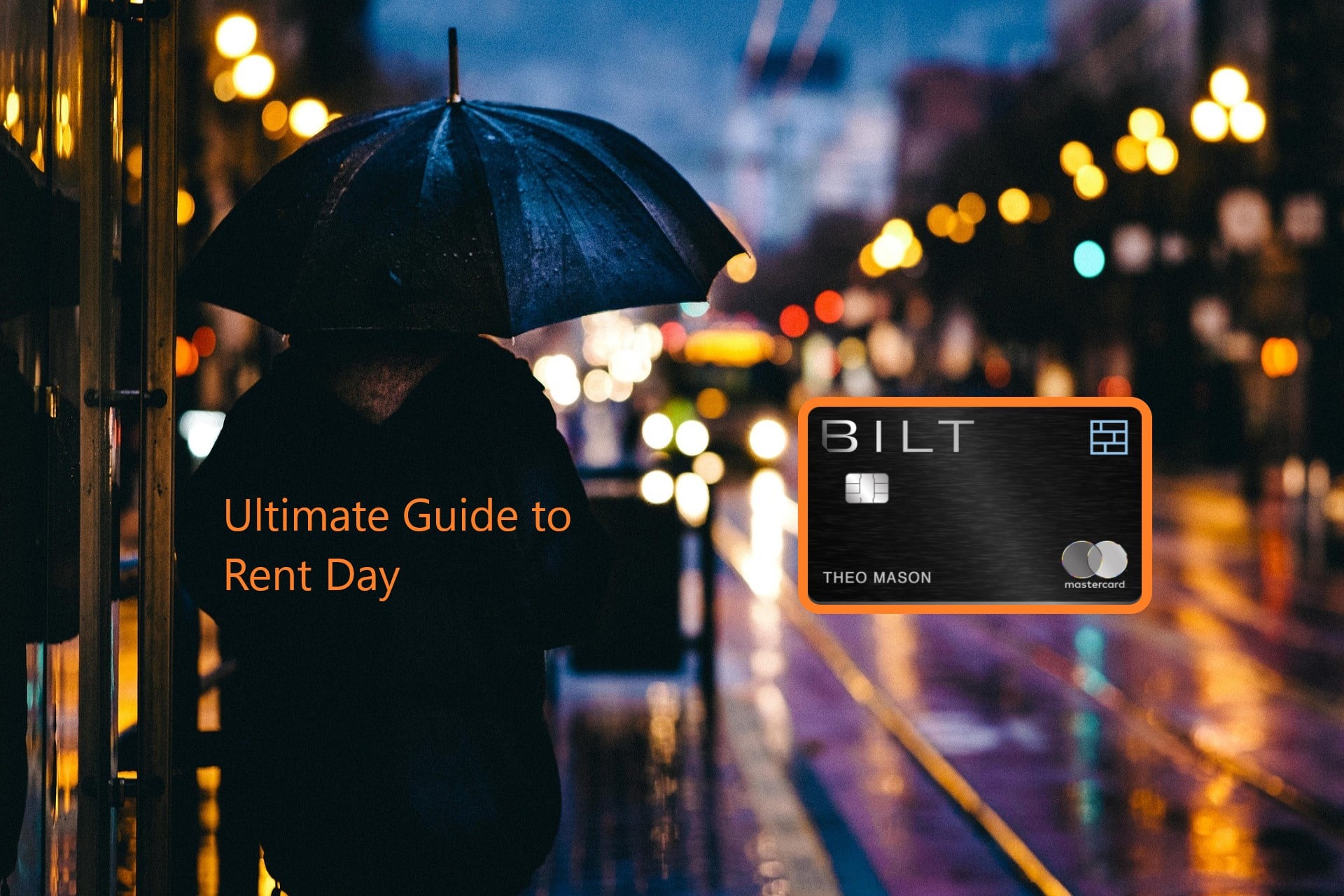Last updated on December 13th, 2023
Table of Contents
Budgeting is an integral part of financial planning and helps individuals take control of their finances for their overall well-being. Learn how to budget your money using one of these four classic budgeting strategies and take the stress out of saving and spending.
Budgeting Strategies for Timeless Financial Planning
If you’re not the savviest with your finances, managing your money may seem like a big, scary challenge to overcome. But it doesn’t have to be complicated. Set yourself up for success and implement a budgeting strategy to help balance your financial responsibilities with your lifestyle and well-being. Here are four budgeting strategies that can get you started.
- The zero-balance
- The envelope budget.
- The pay-yourself-first budget.
- The 50/30/20 or rule-of-thumb budget.
The Zero-Balance Budget
A zero-balance budget, or a traditional budget, is created based on your income and total expenses. Every dollar of your income is accounted for, ultimately bringing your total monthly balance to zero. It may sound scary, but there is no need to worry as this budgeting strategy has a technique.
In other words, every dollar you get from your income has a job to do, and that can mean going towards expenses that fall under needs, wants, and savings. At the end of the planning, you should have a zero balance because all of your dollars have been distributed toward your bills and savings. Every dollar earned is allocated and used for a certain savings goal or monthly expense.
How to Zero-Balance the Heck out of Your Budget
| Step 1 - Determine Your Income & Financial Goals | Step 2 - Make a List of Your Expenses | Step 3 - Make Adjustments as You Go |
Step 1 – Determine Your Income & Financial Goals
For the sake of simplicity, all the budgeting periods will be measured in months. First, it is important to learn your total monthly income to understand the workable budget. It is also recommended you decide on your financial savings goals. Determining the two factors will help distribute your dollars accordingly to align with your monthly expenses and savings objectives.
Step 2 – Make a List of Your Expenses
Next, you will create a list of your planned expenses. Allocate each specific amount to an expense category. Here’s a list of expense categories you can use when creating your zero-balance budget or any other budget you would like to create.
- Housing
- Groceries
- Utilities
- Transportation
- Savings/Debt Repayment
- Entertainment
Step 3 – Make Adjustments as You Go
Adjusting the zero-balance budget is where the magic happens. It is an essential step in making the zero-balance budget work. Throughout your budgeting period, you may need to adjust your money allocation if you see an unexpected income change or expense. The purpose of this particular strategy is to keep your balance at zero. If you overspend in one category, you must cut back in another to compensate and bring your balance back to zero.
Should you consider a Zero Balance Budget?
To do the math for your budget you must subtract your total expenses and saving target from your income. If you get a number in the negative, it means you’re planning to overspend above your means. Your next action should be to review your nonessential expenses and cut back. Otherwise, you will most likely tap into your savings or go into more debt.
This kind of budgeting is most appropriate for someone looking to take control of their variable expenses. Maybe you find that you’re spending more than you would like on food delivery services or entertainment. The zero-balance budget may be the correct strategy for your financial goals.
The Envelope Budget
The envelope budget is a bit more “hands-on.” Yes, you will use envelopes. And yes, you will use cash. Although, you can digitally apply the technique if you prefer. If you find that you need to see the physical money to make sense of your spending, this method may be for you.
The envelope budget is a useful financial planning strategy that can help control your spending and help make more intentional choices with your income. Financial planning with the envelope budget places a magnifying glass over your variable spending like, groceries, gas, and more.
How to Envelope Budget Like a Pro
| Step 1 - The Envelopes | Step 2 - Distribute the Funds |
| Step 3 - Spend and Replenish | Step 4 - The Leftovers |
Step 1 – The Envelopes
Get yourself some envelopes, they can be physical envelopes or digital. You will use the envelopes to categorize your variable expenses. Label your envelopes according to your personal financial needs. Here’s a list of categories you can include in your financial planning.
- Groceries
- Entertainment
- Dining out
- Gas
- Clothes
- Personal care items
- Managing subscriptions
- Miscellaneous
Notice we mentioned “variable expenses.” These are expenses that may change from month to month. In other words, expenses such as rent, or a car note do not fall under a variable expense because typically, such expenses have a fixed monthly payment.
Step 2 – Distribute the Funds
Once you have your envelopes categorized, begin breaking down your expenses and set aside money for each. Place the cash inside its corresponding envelope. On the back of each envelope, write the dollar amount you allocated to its category. If you’re unsure how much budget a specific category needs, refer to your previous bank statements to make the best financial decision.
Step 3 – Spend and Replenish
Now that you have your cash inside categorized envelopes for your variable expenses, it’s time to spend that cash…responsibly. Keep tabs on what you spend by writing how much money is left or how much you have spent on the back of each envelope. The purpose of the envelopes is that once one is empty, you will avoid overspending for that category until you have replenished it with more cash.
How often you replenish is up to you and your income arrangement. If you truly need to dip into another envelope to cover expenses for another envelope category, you may need to go back to the drawing board and adjust your budget.
Step 4 – The Leftovers
What do you do if you have leftover money in an envelope at the end of a pay period? You have three options. The first option is to save it for the next month. The second option is to place it in your savings, like an emergency fund or a vacation savings account. Last, you can set it aside to pay down existing debt, like credit card debt or personal loans.
Should You Consider an Envelope Budget?
The envelope budget is for anyone who needs a visual of their spending. It’s ideal for someone seeking better control over their variable monthly expenses, like groceries, entertainment, dining, and more. If the thought of having cash in envelopes makes you nervous, alternative digital ways to budget your money are available. You can try apps or keep a spreadsheet to update frequently with your expenses.
The Pay-Yourself-First Budget
The “pay-yourself-first” budgeting strategy is about prioritization. The approach requires you to set aside and save a portion of your income for savings and investing before you dive into distributing your money for other expenses. In other words, you pay yourself first! This kind of budgeting is for anyone wanting to polish their saving skills.
With the pay-yourself-first strategy, you can benefit from wealth-building, financial discipline, and reduced spending stress. It is a timeless budgeting tactic that may be effective for your financial planning if done responsibly. By prioritizing your savings, you can gain clarity on your spending habits to meet your savings goals, like planning for retirement, a wedding, a new house, and more.
How to Use the Pay Yourself First Budgeting Strategy?
Putting the pay-yourself-first strategy into effect is like a set-it-and-forget-it type of budgeting. There are three ways that you can achieve this.
| Option 1 - Set up Automatic Transfers with Your Bank. | Option 2 - Split Deposit Your Paycheck. | Option 3 - Add Funds to Your Retirement Savings. |
Option 1 – Set up Automatic Transfers with Your Bank.
Many banks offer the option of setting up automatic transfers from your checking to your savings account. Determine how much you plan to transfer toward your savings account. Then set up the transfer to happen every time payday comes around.
💡TIP: Open a savings account with a new bank and set up a transfer to it from your original checking account. It is the ultimate move for an out-of-sight, out-of-mind approach. It will also act as a buffer between accessing your savings easily, and you’re less likely to dip into your savings.
Option 2 – Split Deposit Your Paycheck.
The split deposit approach is when you set up part of your paycheck to go into a savings account. The remainder is distributed into your checking account. The split paycheck option is dependent upon your employer. In the same fashion as setting up a direct deposit, you will most likely need to fill out forms to provide information about your savings account for the split to happen.
Option 3 – Add Funds to Your Retirement Savings.
Saving for your retirement via a 401(k) plan counts towards the pay-yourself-first budgeting strategy. Contributing a portion of your salary towards your retirement with a 401 (k) plan is beneficial because the contributions are pre-tax. In other words, it lowers your taxable income and simultaneously saves for your retirement. With a 401(k) plan, you decide what percentage to contribute and then your employer distributes it accordingly. Some employers will match 401(k) plans, some as high as 6%.
Should You Consider the Pay-Yourself-First Budget?
The pay-yourself-first budget is for individuals who find it challenging to save for significant goals. The strategy proves to be a potent approach because it can set you up for long-term wealth-building and financial security. Moreover, your 401(k) savings can act as a fund without penalty during life hardships.
The 50/30/20 Budget
The 50/30/20 rule of thumb for budgeting is a popular strategy for financial planning. It’s simple and easy to understand. The plan calls for 50% of your income to go toward your needs, 30% towards your wants, and 20% towards savings.
| % of budget | 50% | 30% | 20% |
|---|---|---|---|
| Allocation | Needs | Wants | Savings |
| Explenation | Things like rent, mortgage, groceries, medical expenses, insurance, etc. | Wants are your non-essentials like streaming subscriptions, gym memberships, dining out, vacation trips or travel, etc. | Things like regular savings, emergency funds, investing, debt repayment, etc. |
Should You Consider the 50/30/20 Budget?
The 50/30/20 budget is for those seeking a balance between their finances and life. The 20% going towards your savings doesn’t seem like a big scary number to commit to your budget. It’s less intimidating and the 30% towards your wants gives you a chance to also enjoy life and use this portion of your budget for pleasures like concerts, fancy dinners, travel, and more.
The Main Takeaway
These four strategies for financial planning are timeless budgeting plans. In a nutshell, whichever budgeting strategy you choose will surely help manage your finances in a more organized manner. Explore a little. Try different approaches to budgeting and see which one works best for your lifestyle and your financial goals.
Remember, the zero-balance budget caters best to someone looking to get their variable spending under control. The envelope budget is best for the visual spender. The pay-yourself-first budget is a good contender for anyone who struggles to save for significant financial goals. And lastly, the 50/30/20 budget is suitable for anyone seeking a life balance between their financial responsibilities, savings, and living life.
Don’t know where to get started? Click the green calculator icon below to access BestCards monthly budget calculator.
Related Article: The Difference Between a Financial Counselor and a Financial Advisor
Editorial Disclosure – The opinions expressed on BestCards.com's reviews, articles, and all other content on or relating to the website are solely those of the content’s author(s). These opinions do not reflect those of any card issuer or financial institution, and editorial content on our site has not been reviewed or approved by these entities unless noted otherwise. Further, BestCards.com lists credit card offers that are frequently updated with information believed to be accurate to the best of our team's knowledge. However, please review the information provided directly by the credit card issuer or related financial institution for full details.



